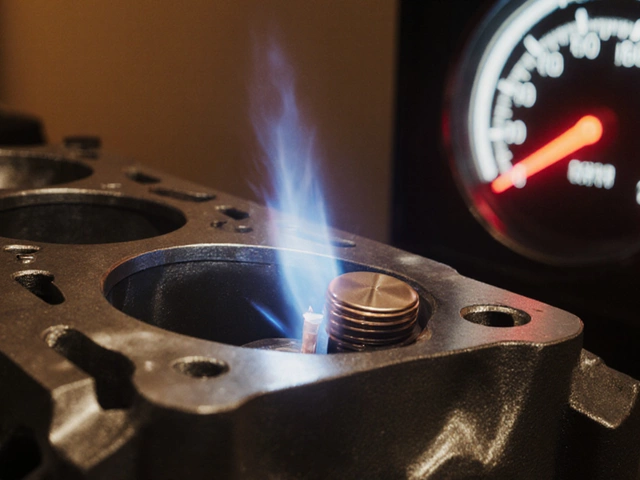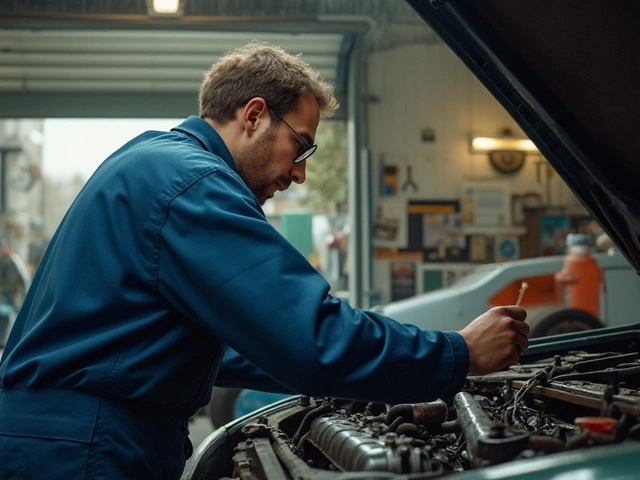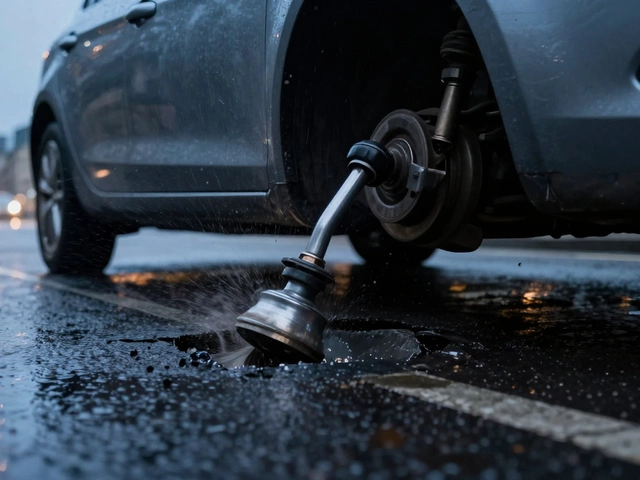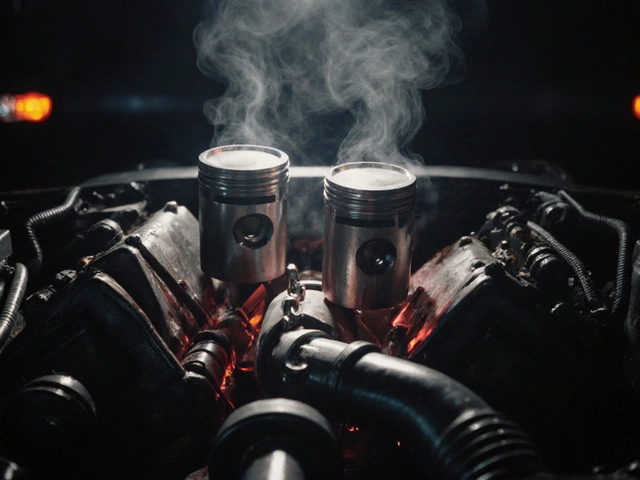You’d think dropping an extra $40 on an air filter for your car would guarantee cleaner air, better performance, and maybe even a pat on the back from whoever does your emissions test. But car parts aren’t always that straightforward. The shelves at every auto parts shop are loaded with options; some cost four times more than others, promising all sorts of magic: longer engine life, more horsepower, less dust and pollen, the works. Where’s the proof? Does your car genuinely want you to fork over the extra cash, or are those gleaming packages more about good marketing than real-world stats?
What Expensive Air Filters Actually Offer
Let’s clear something up: all car air filters have one main job—stop dirt, dust, and debris from getting into your engine. Once crud sneaks in, it acts almost like sandpaper, grinding down engine surfaces and shaving off miles of smooth running. Standard paper filters can filter out most of the big stuff just fine, often catching particles down to 30 microns. For reference, a human hair is about 70 microns thick. So the basics are mostly covered, but pricier filters claim to do more: they promise to grab even smaller particles, boost airflow, and need to be changed less often.
Take a look at popular high-end options like K&N, Fram Ultra, or AEM. These usually use oiled cotton or synthetic materials instead of basic paper. Some allow higher airflow, which, on paper (not a pun, I swear), can help with horsepower and acceleration. But labs like Consumer Reports have run these through dynamometer tests, and the difference in regular street cars is surprisingly minimal—maybe 1-2 horsepower gain at peak, usually only at high RPMs. For daily drivers stuck in city traffic, you won’t feel a thing.
Now here’s where things get practical. Expensive filters market themselves as reusable. Instead of tossing them every 12-15,000 miles, you can wash, re-oil, and slap them back in—sometimes up to 50,000 miles. Sounds sustainable, but it takes effort, and using too much oil on the filter can gunk up airflow sensors, wrecking your smooth idle. If you like low maintenance, a $15 paper filter swapped every oil change is easier and less likely to mess up your sensors.
Pollen, dust, and pollution don’t stand a chance against fine-pore HEPA-style car filters—some claim up to 99% filtration of particles down to 5 microns. But there’s a catch. More filtration means less airflow, and too much restriction can actually hurt engine efficiency. It’s a balancing act: super-high filtration might be overkill unless you live near gravel roads or in places with regular dust storms. Most city drivers never max out the limits of even mid-range filters.
But let’s not gloss over one huge, often overlooked area: marketing language. Some fancy filter brands drop terms like “nanofiber technology” and “advanced triple-layer mesh,” but rarely provide independent lab results on car engines, just broad claims. Enthusiast forums are littered with stories about zero noticeable change in mileage, even after upgrading to the “premium” filter aisle. The biggest real advantage? In tricky conditions—think off-roading, desert driving, wild pollen bursts—the better filters keep your engine cleaner, longer. But for commuting, the benefits sit more with peace of mind than major upgrades.

Do High-Cost Air Filters Boost Engine Performance?
Let’s talk power because a lot of car owners—especially people who baby their rides—dream of unlocking hidden potential with a filter swap. Expensive air filters hint at gains on the packaging, with phrases like “Increase Your Horsepower!” or “Unleash Your Engine.” It’s catchy, but what do the numbers say?
On performance engines—think turbocharged or sports cars—the air intake system can be a weak link in moving air fast enough to keep up with fuel delivery. In these situations, a better built, less restrictive air filter can trim a few tenths off a zero-to-sixty run, but you still won’t leap from a four-cylinder sedan to a track monster by switching filters. For the average family SUV or commuter car, independent dyno tests by car magazines and YouTube mechanics show that the HP bump usually ranges from nothing to maybe a single digit, and only at peak RPMs that you likely never hit in real driving. Engine computers also adjust for small changes in airflow, which cancels most minor upgrades. So if you’re thinking this is the secret sauce for better acceleration, you’ll probably be disappointed.
Fuel economy is another buzzword. Filter boxes spit out promises of better mileage, but in real life, it’s almost impossible to see this at the pump. The EPA and several major automakers tested new cars with clogged, clean, cheap, and expensive filters. The shocking finding? Unless a filter was horribly clogged and choking off air, it had almost no measurable effect on miles per gallon. So if you’re hoping for instant savings from a top-shelf filter, you’d get more return by checking tire pressure regularly.
But don’t toss expensive filters in the junk pile just yet. Where they shine is in durability and reusability. Some oiled cotton and synthetic filters last up to 100,000 miles with regular cleaning, and that can add up to savings if you keep your car a long time. There’s also less waste, which matters to a lot of drivers. However, you have to DIY the maintenance, actually follow directions, and avoid over-oiling, which causes airflow sensor damage. Skip the maintenance plan, and you might end up spending more in repairs than you ever saved on air filters.
Let’s tackle another point: does a pricy filter protect engines better in nasty driving conditions? In regions with wildfires or heavy construction dust, standard filters clog fast. A more robust filter can stay functional longer, shield sensitive moving parts from tiny debris, and keep the engine breathing easier over harsh miles. Truckers and people who drive in rugged areas swear by premium filters, since the cost of replacing an engine dwarfs the cost of a filter. So, if you’re tough on your vehicle, this is where “you get what you pay for” actually applies.
For the weekend warriors who hit mud, sand, or salt flats, a performance filter can be a life-saver for the engine. Of course, there’s always a trade-off: more airflow, less filtration; more filtration, less airflow. Good engineering hits the sweet spot, but it rarely comes cheap. At the end of the day, if you want a tiny power gain or longer intervals between swaps, springing for an expensive filter might be worth it—for everyone else, the real difference between cheap and expensive isn’t as dramatic as the boxes say.
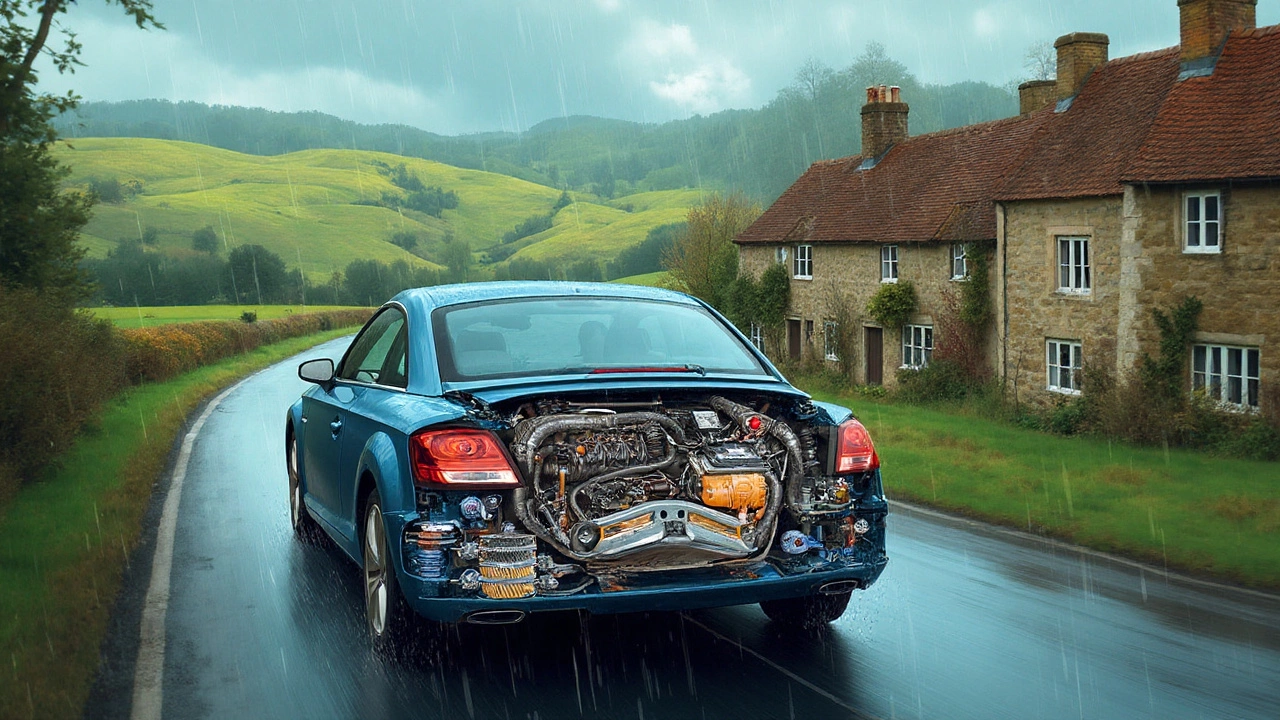
Making the Right Choice for Your Car and Wallet
Let’s get real about car care and air filter choices: most people just want their car to last, run smoothly, and need as little fuss as possible. So, how do you sort the hype from the hard facts? It starts with your car’s manual—no filter, no matter how exotic, works well if it doesn't fit or match the designed airflow. Always stick with the recommended size and type. If you’re tempted by reusable filters, factor in the maintenance: are you comfortable cleaning and oiling a filter every 10-15,000 miles, and are you likely to do it right? If you skip steps or dump in too much oil, sensor repairs can get expensive fast.
Don’t fall for every marketing claim. If you just drive in the city, rarely tackle dirt roads, and keep your rides under 100,000 miles, a standard pleated paper filter swapped at every oil change will keep your engine healthy. For daily drivers, the real cost difference is minimal, and most people never see any performance boost or massive saving with a premium filter. What does make a difference? Changing your filter on time. Drive through dust storms or tackle country roads daily? Upgrading makes sense, but for most, the fancier filter only wins points for reusability or aesthetics.
Your mileage will always vary, but most mechanics agree: pay attention to dirt buildup in your filter, keep your engine sensors clean, and swap out filters before any visible warping or oil saturation happens. Don’t stretch maintenance intervals just because “this filter lasts 50,000 miles”—real world conditions matter way more than what it says on the box. If you want even more confidence, look for filters tested and certified by independent labs—actual numbers beat catchphrases all day.
Shopping tips? Always compare the filter’s micron rating for particles (lower is better, but only up to a point), and check how easily you can find replacements in stores or online. Stock filters from the automaker, like Toyota or Ford’s OEM parts, might be boring but they’re built for your car’s engine and won’t risk warranty headaches. Some expensive brands offer flashy packaging and clever branding, but the guts of the filter won’t always justify the extra price if your daily route is just stoplights and school zones. Online reviews are full of war stories, but the best filter is the one you’re willing to maintain and replace when it’s actually needed—not just when you remember at the checkout counter.
Bottom line: if you want optimal air filter performance, stay on top of replacements and maintenance, whatever the price tag on the box says. Buy the filter style matched to your driving habits, your mess tolerance, and your car’s requirements—not just the one with the glossiest photo or the wildest promises. Oiled, reusable, nanosomething-fiber, or just a classic paper rectangle? They’ll all keep your engine happy if you treat them right. That’s the best way to make sure your wallet stays happy, too.


